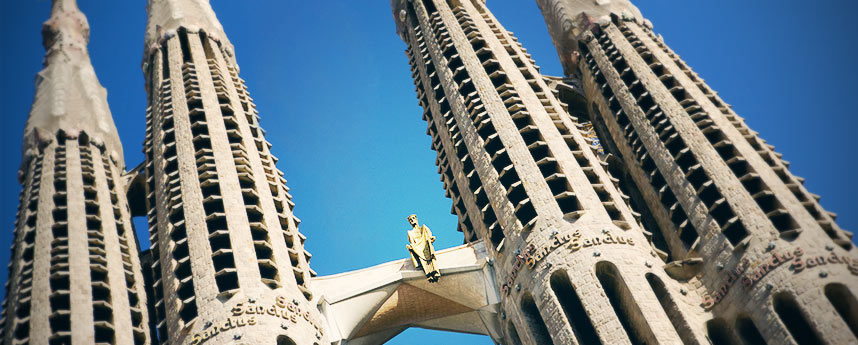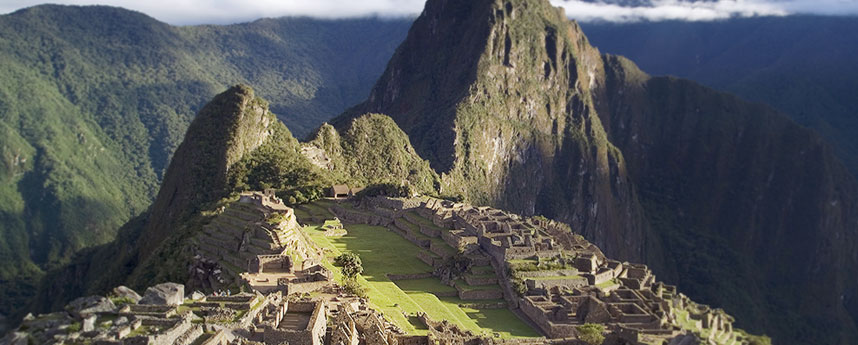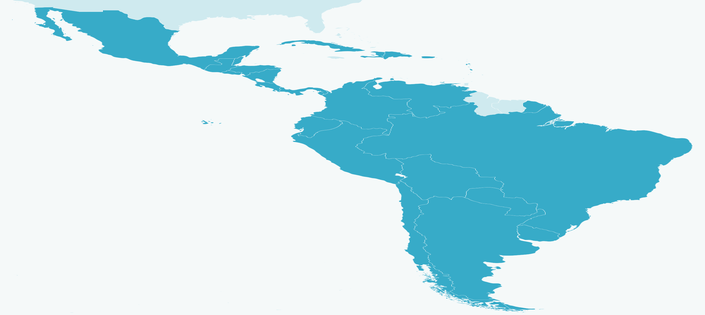La Lengua de las Mariposas | donQuijote

Butterfly's Tongue
Known in English as Butterfly’s Tongue or more simply Butterfly, La Lengua de Las Mariposas focuses on life in Galician Spain just prior to the Spanish Civil War. Although not one of director’s, José Luis Cuerda, most famous films, this film, which is portrayed through the eyes of a young child, depicts the events while showing the struggles that families were faced with at the time.
- Released in 1999 but set in pre-Civil War Galicia in 1936, La Lengua de Las Mariposas is still a very popular Spanish film today, constantly provoking much discussion
- José Luis Cuerda’s film is based on several short stories by Manuel Rivas; this Spanish movie received critical acclaim and won a Goya Award in 2000 for best adapted screenplay
José Luis Cuerda based his film on Manuel Rivas’ short stories "Carmiña", "Un saxo na néboa", and "A lingua das bolboretas" from the book Qué me quieres, mi amor? Rivas is one of the most prolific authors in Galicia and Spain as a whole, and his book Qué me quieres, mi amor? enjoyed much success and has been translated into nine languages.
The story of La Lengua de Las Mariposas follows Moncho, a young boy, and how he grows up and matures, all set against the back-drop of the impending Civil War between the Republicans and the Nationalists. At the start of the film the audience learns that Moncho has been unable to attend school due to an illness, and he is incredibly anxious about his impending attendance. The first day is not successful, and ends with him running into the woods in fright. Nevertheless, throughout the rest of the film we see Moncho mature as he builds a relationship with his teacher, Don Gregorio.
The audience sees Don Gregorio telling Moncho things about the world and imparting his Republican ideals on the boy, albeit indirectly. Moncho’s father is strongly Republican as well, while his mother worries about the impact that that may have in light of the upcoming war, especially as she has more Nationalist tendencies. The end of the film shows Don Gregorio being taken away by the Nationalists, while Moncho’s mother implores her family to shout at the Republicans in a bid to prevent them from being taken away too. While Moncho’s father breaks down crying because he is disregarding his beliefs, he shouts in accordance with his wife and Moncho throws stones at the retreating van. He does, however, shout espiritrompa, meaning butterfly’s tongue – a world he learnt from Don Gregorio, to show that he does not truly believe in what he is yelling.
Many critics believe that this Spanish film is significant in several ways. Firstly, although there is no violence throughout the film, the presence of Nationalist soldiers in several scenes, as well as the numerous allusions to Republican ideals, show that the threat is imminent, yet life must go on. Secondly, critics suggest that this film is important in showing the strength and importance of family, as the mother does all she can – including asking her husband to contradict his beliefs – in an effort to keep the family together. Whatever varying critics say, La Lengua de Las Mariposas is a thought-provoking film, and the Best Original Screenplay Goya Award in 2000 is testament to this.

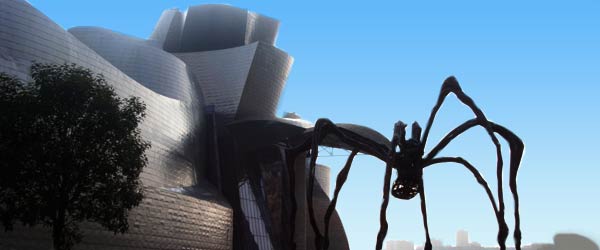
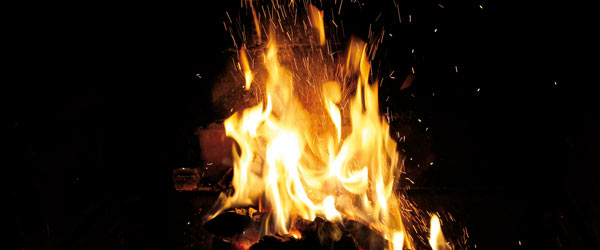
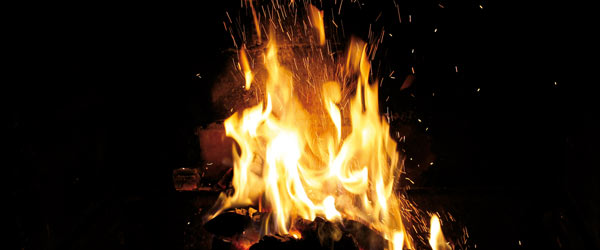 <!-- Revive Adserver Etiqueta JS asincrónica - Generated with Revive Adserver v5.0.2 --><ins data-revive-zoneid="7" data-revive-id="ec923599c3fad9b044f22a6a73433428"></ins><script async src="//ads.iegrupo.com/www/delivery/asyncjs.php"></script>
Tessa
<!-- Revive Adserver Etiqueta JS asincrónica - Generated with Revive Adserver v5.0.2 --><ins data-revive-zoneid="7" data-revive-id="ec923599c3fad9b044f22a6a73433428"></ins><script async src="//ads.iegrupo.com/www/delivery/asyncjs.php"></script>
Tessa
